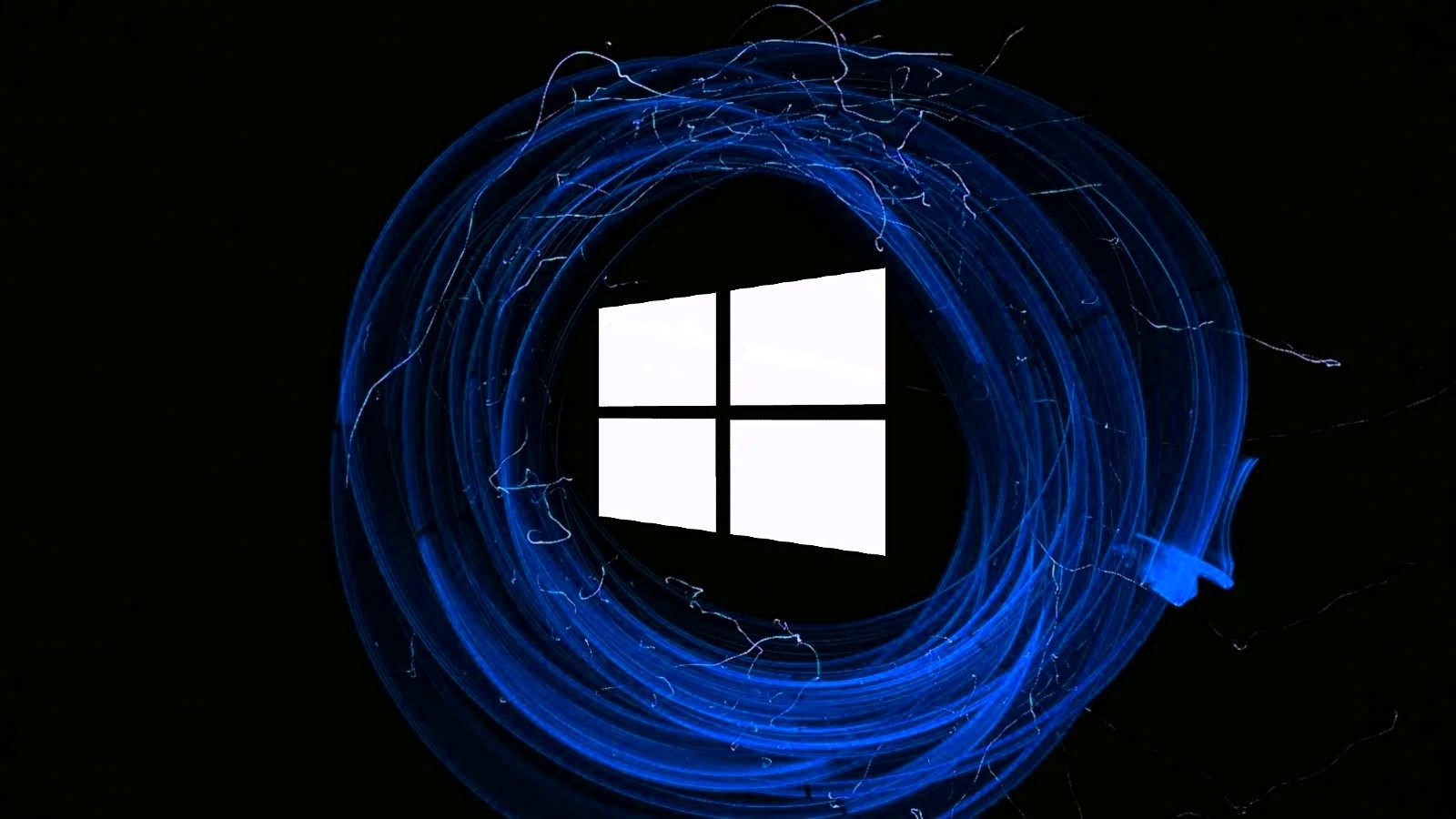How to Secure Your Email Against Malware Threats

Cybercriminals launch sophisticated attacks through email daily, putting your personal information, finances, and digital life at risk. But don’t panic – you’re about to become your own best line of defense.
This guide will give you the knowledge and tools to identify, block, and eliminate email-based malware threats. Whether you’re a tech novice or a seasoned internet user, these actionable tips will transform your inbox from a potential danger zone into a secure communication hub.
Ready to outsmart the scammers and keep your digital world safe? Let’s dive in!
What is Malware?
Malware, short for malicious software, is any program or code designed to harm your computer, network, or the data stored on them. In the context of email, malware can take various forms, such as viruses, worms, ransomware, and spyware.
Cybercriminals use malware to steal your personal information (like passwords and financial details), disrupt your device’s operation, or take complete control. These malicious programs often arrive hidden within email attachments or through links that, when clicked, download the harmful software onto your system without your knowledge or consent.
See also: What is Malware?
Understanding email malware threats

Most email malware requires you to either open an attachment or click on a link that downloads malware onto your device. You can safely open and read pretty much every email, as long as you follow The Golden Rule: do not click on links or attachments in unsolicited emails. You should both know the sender and be expecting the email before clicking on anything inside.
Email malware threats often disguise themselves as legitimate messages while carrying out malicious activities behind the scenes. They might attempt to steal your personal data, spread to your contacts, or even take control of your device. These threats can compromise your privacy and security, potentially leading to identity theft or financial loss.
The danger lies in their ability to blend in with legitimate emails. They may appear harmless at first glance, but their true nature becomes evident only after you’ve interacted with them, such as by opening an attachment or clicking a link. It’s crucial to be vigilant about the emails you receive and how you interact with them.
How to identify suspicious emails

To spot potentially harmful emails, look out for these warning signs:
- Unexpected senders: Be cautious of emails from unknown sources or from known contacts that seem out of character.
- Urgent or threatening language: Scammers often create a false sense of urgency to prompt hasty actions.
- Requests for sensitive information: Legitimate organizations rarely ask for personal details via email.
- Suspicious attachments: Be wary of unexpected attachments, especially those with unusual file extensions.
- Questionable links: Hover over links to preview the URL, or long-press the link if you’re on a phone. If it looks suspicious, don’t click.
- Poor grammar or spelling: Many malicious emails contain obvious language errors.
- Generic greetings: Be cautious of emails that don’t address you by name.
How to protect your email from malware
Securing your email against malware is straightforward if you follow these key steps.
- Start by choosing a reliable email service. Look for one with built-in spam and malware filtering. This feature helps block many threats before they reach your inbox.
- Keep your software updated. Regularly update your email application and computer operating system. These updates often include important security fixes.
- Strengthen your account security. Enable two-factor authentication for an extra layer of protection. Use strong, unique passwords for all your accounts. Avoid reusing passwords across different services.
- Be cautious with email attachments. Think carefully before opening files from unknown senders or unexpected attachments from contacts. If an email seems suspicious, verify with the sender through another communication method.
- Consider encryption for sensitive information. Many email services offer encryption options for important messages. Look into these features if you frequently send confidential data.
- After setting up these protections, run a full virus scan on your computer. This step helps ensure your system is free from existing malware.
- Secure your recovery accounts: Email services often require or allow you to add a recovery account in case you get locked out. Remember that these recovery accounts can be potential backdoors to your main email if they are not properly secured. Apply the same level of security (strong passwords, two-factor authentication) to your recovery accounts as you do to your primary email.
Following these practices will significantly reduce your risk of email-based malware attacks. Remember, email security requires ongoing attention. Stay alert and make these habits part of your regular routine.
Examples of email malware threats
- Emotet: This banking trojan spreads primarily through spam emails containing malicious attachments. (Source: CISA)
- Trickbot: Often distributed via email, this malware steals banking information and spreads to other systems. (Source: CISA)
- Ryuk Ransomware: This ransomware is often the final payload of malware initially spread through phishing emails. (Source: Trend Micro)
- BazarLoader: This malware uses sophisticated phishing emails, often masquerading as business communications. (Source: Microsoft)
- FormBook: This info-stealer is commonly spread through phishing emails with malicious attachments. (Source: Check Point)
Signs that your email has been infected with malware

Recognizing the signs of a malware infection early can help minimize damage.
Look out for these indicators:
- Unexpected system slowdowns or crashes
- Strange pop-ups or error messages appear frequently
- New browser toolbars, extensions, or homepage changes you didn’t authorize
- Unusual network activity, even when you’re not actively using your device
- Emails in your “Sent” folder that you don’t remember sending
- Contacts reporting they’ve received strange emails from your account
- Unexplained changes to system settings or files
- Antivirus software is suddenly disabled or not functioning correctly
- Unfamiliar programs running in the background
- Unauthorized financial transactions or attempts to access your accounts
If you notice any of these signs, immediately disconnect your device from the internet, run a full system scan with up-to-date antivirus software, and consider seeking professional IT assistance.
Maintaining long-term email security
Protecting your email from malware is not a one-time task but an ongoing process.
Here are some key practices to help you stay secure:
Be cautious with every email. Examine messages carefully, especially those asking you to take action or open attachments. This habit helps you identify potential threats quickly.
Stay informed about new threats. Email scams and malware tactics change constantly. Follow trusted cybersecurity blogs or newsletters to learn about current risks. This knowledge helps you recognize new types of threats.
Use good antivirus software. Choose a program that includes email protection features. These tools scan incoming emails and attachments in real-time, adding an extra layer of security. Our top pick is Norton Antivirus Plus as it offers near-perfect detection scores,
Back up your data regularly. Even with precautions, attacks can happen. Frequent backups ensure you don’t lose important information if malware infects your system. Store backups in a separate, secure location.
Be careful on public Wi-Fi. If you often check email on public networks, consider using a Virtual Private Network (VPN). VPNs encrypt your internet connection, making it harder for others to intercept your emails or introduce malware. We recommend NordVPN for its robust encryption, generous device limit, and excellent customer support.
Implement these practices consistently, and you will maintain strong email security over time. Remember, your vigilance is a crucial part of protecting your digital information.
Securing your email against malware: FAQs
What should I do if I think I’ve clicked on a malicious link in an email?
If you suspect you’ve clicked on a malicious link, take these immediate steps:
- Disconnect your device from the internet to prevent any potential malware from spreading or communicating with its source.
- Run a full scan with your up-to-date antivirus software.
- Change your passwords for important accounts (email, banking, social media) from a different, secure device.
- Monitor your accounts for any suspicious activity.
- If you’re unsure about the extent of the damage, consider seeking help from a professional IT security service.
Are web-based email services (like Gmail or Outlook.com) safer than email client applications?
Web-based email services often have robust built-in security features and are continuously updated. However, native email client applications can be equally secure if properly configured and updated. The key is to use a reputable service or application and follow good security practices regardless of your choice.
How can I tell if an email attachment is safe to open?
While there’s no foolproof method, you can reduce risks by:
- Verifying the sender’s identity.
- Being wary of unexpected attachments, even from known contacts.
- Checking the file extension (be cautious of executable files like .exe, .vbs, or .scr).
- Using your email service’s preview feature if available.
- Scanning attachments with antivirus software before opening.
What’s the difference between spam and malware in emails?
While both are unwanted, they serve different purposes:
- Spam is unsolicited bulk email, often for advertising purposes. It’s annoying but not inherently harmful.
- Malware emails specifically aim to infect your device or steal information. They’re actively malicious and pose a security threat.
However, spam emails can sometimes contain malware, so it’s best to be cautious with both.
Source link











